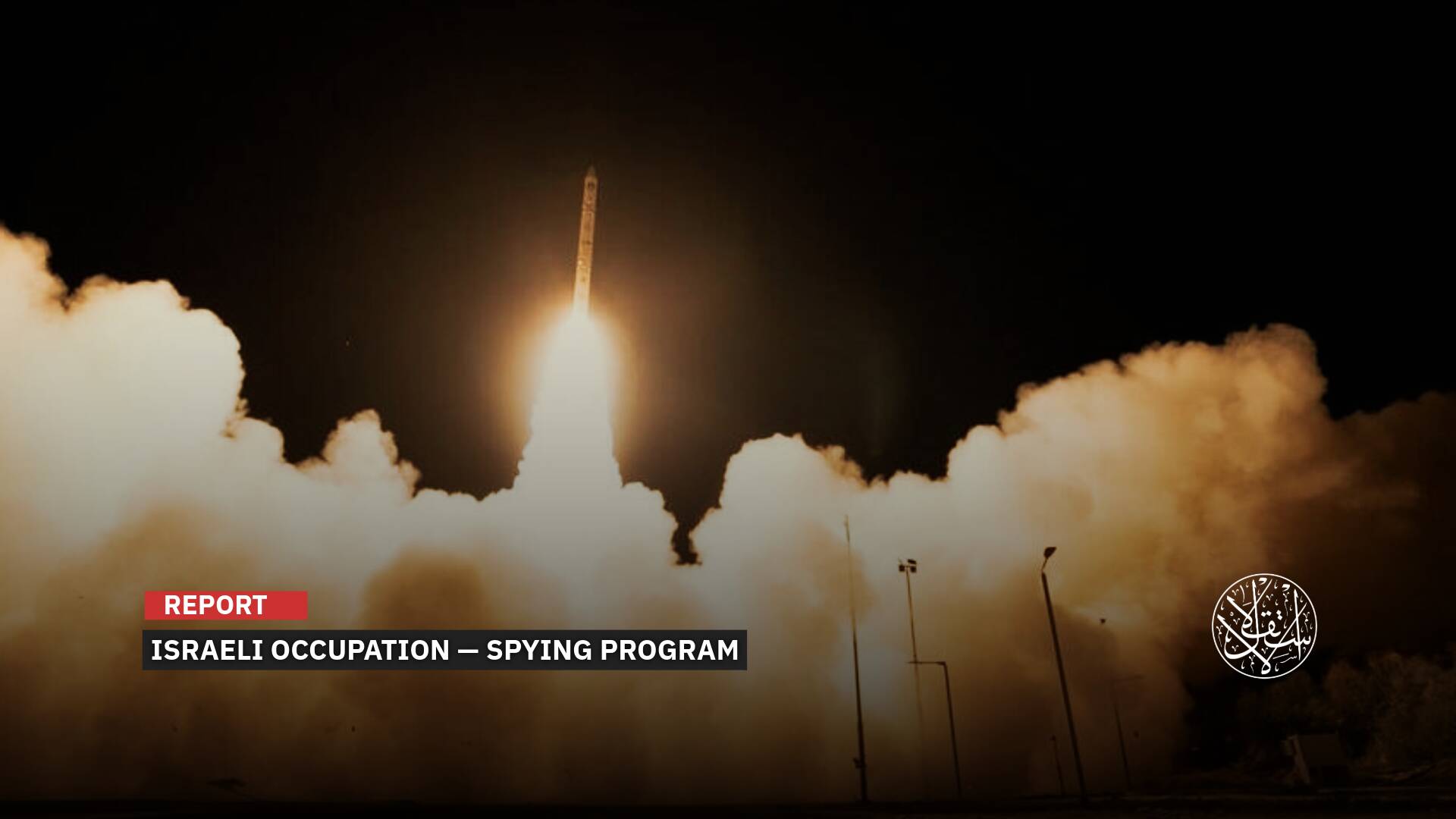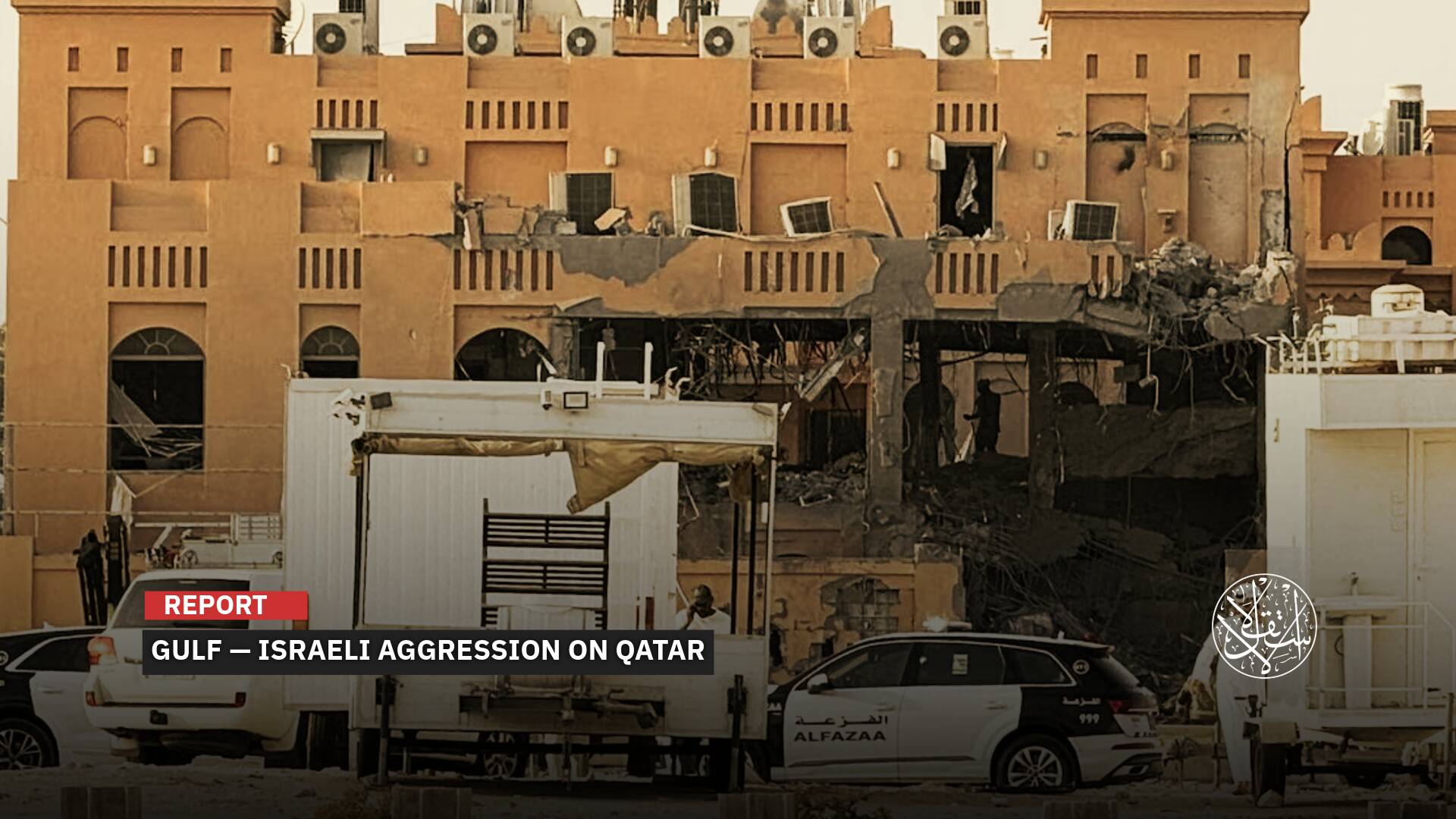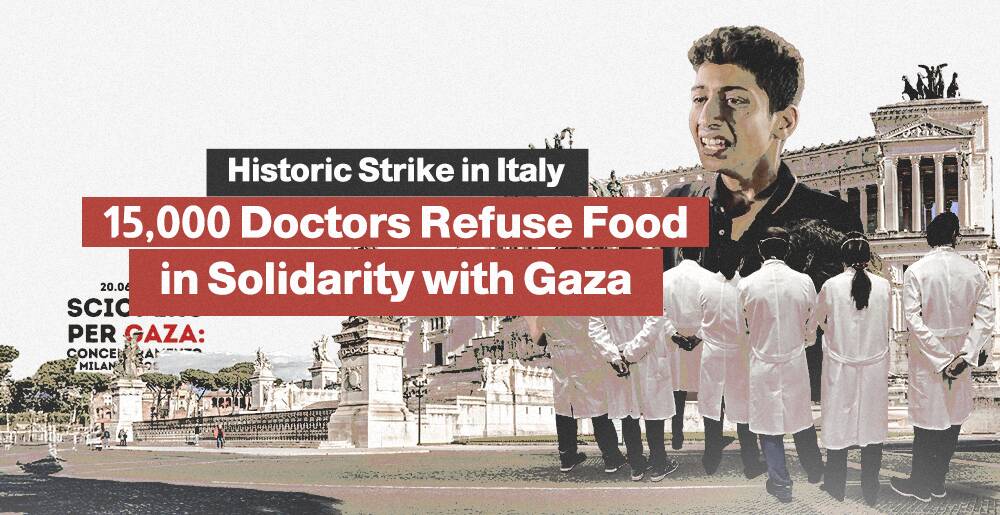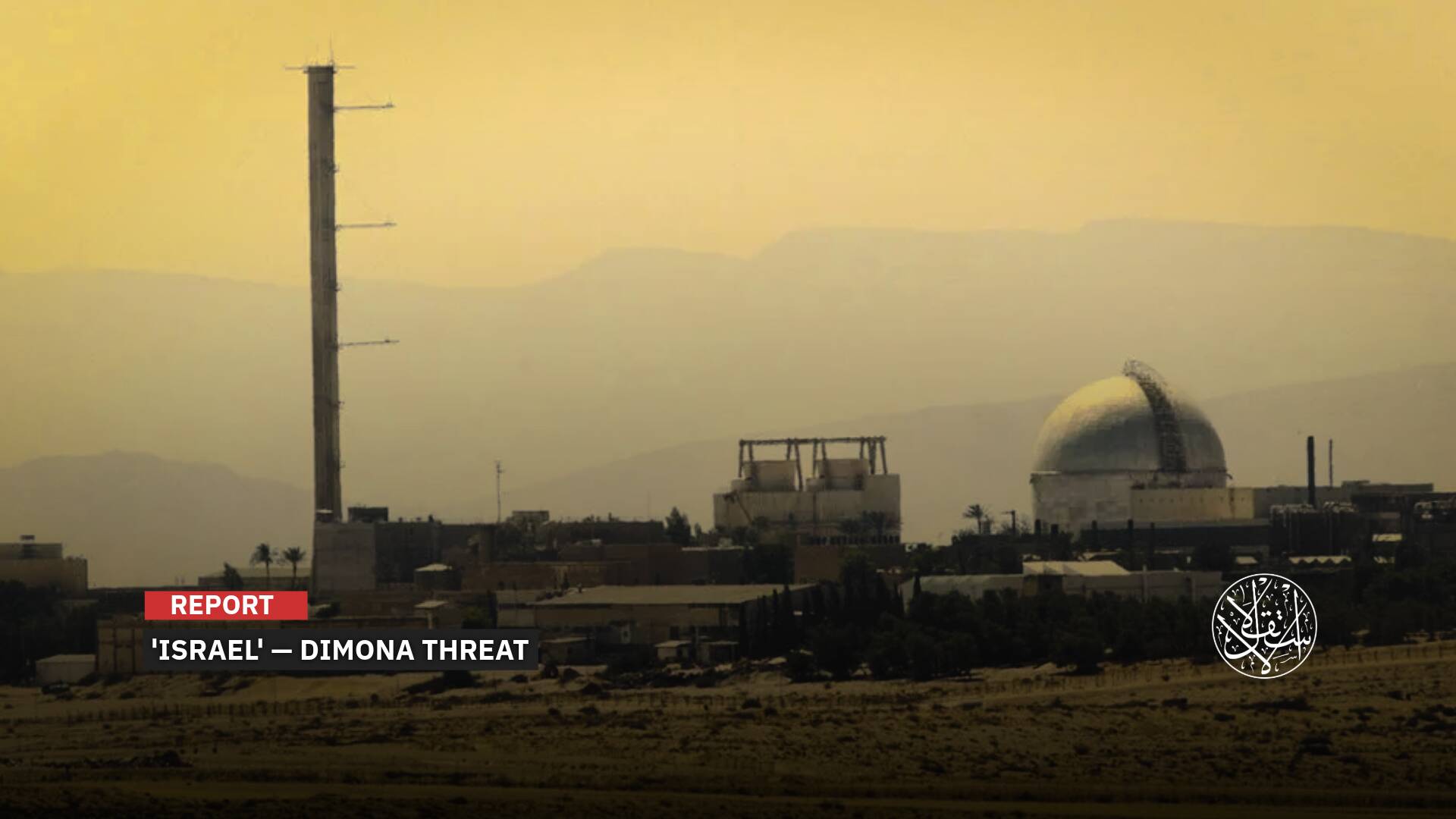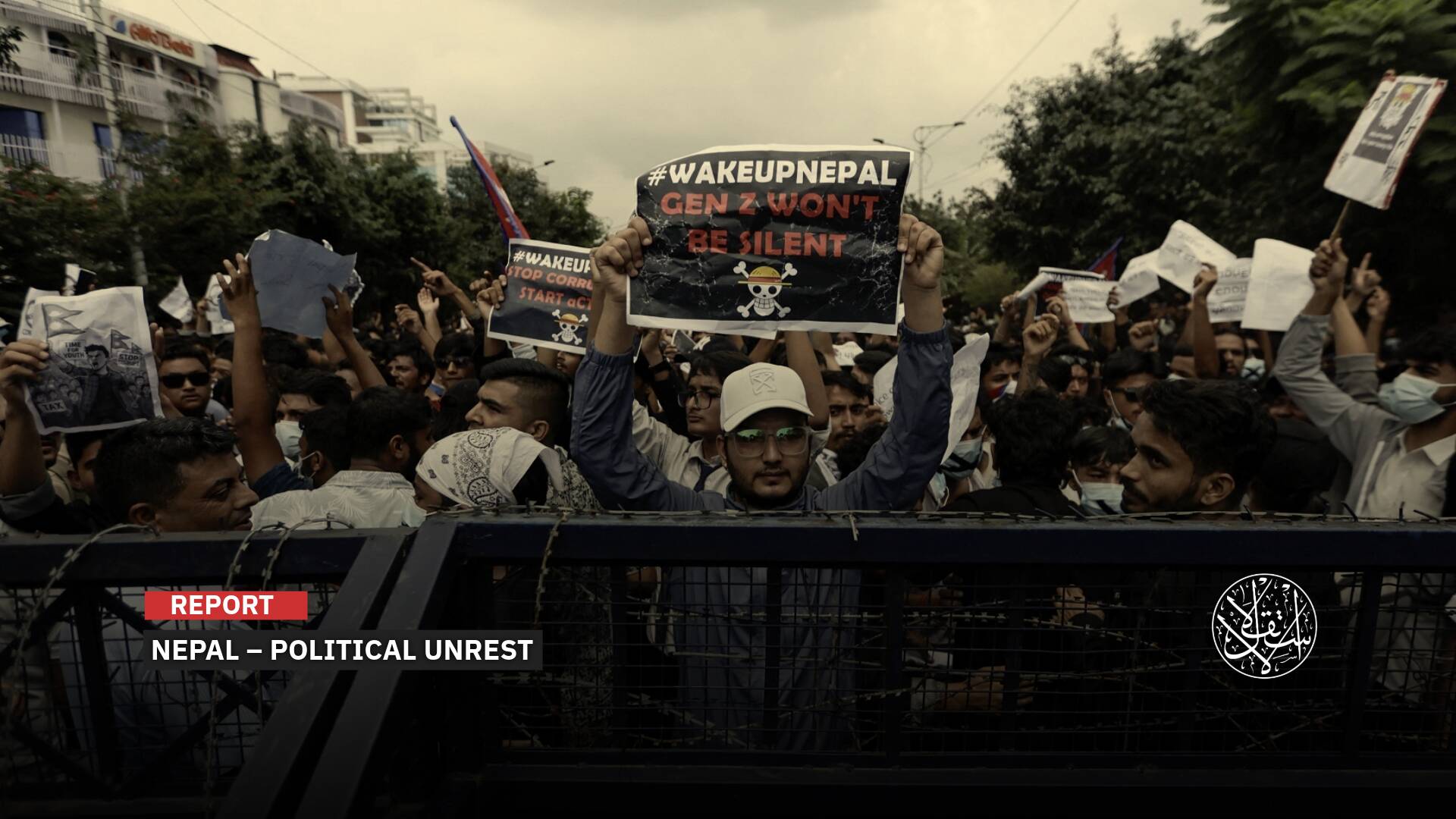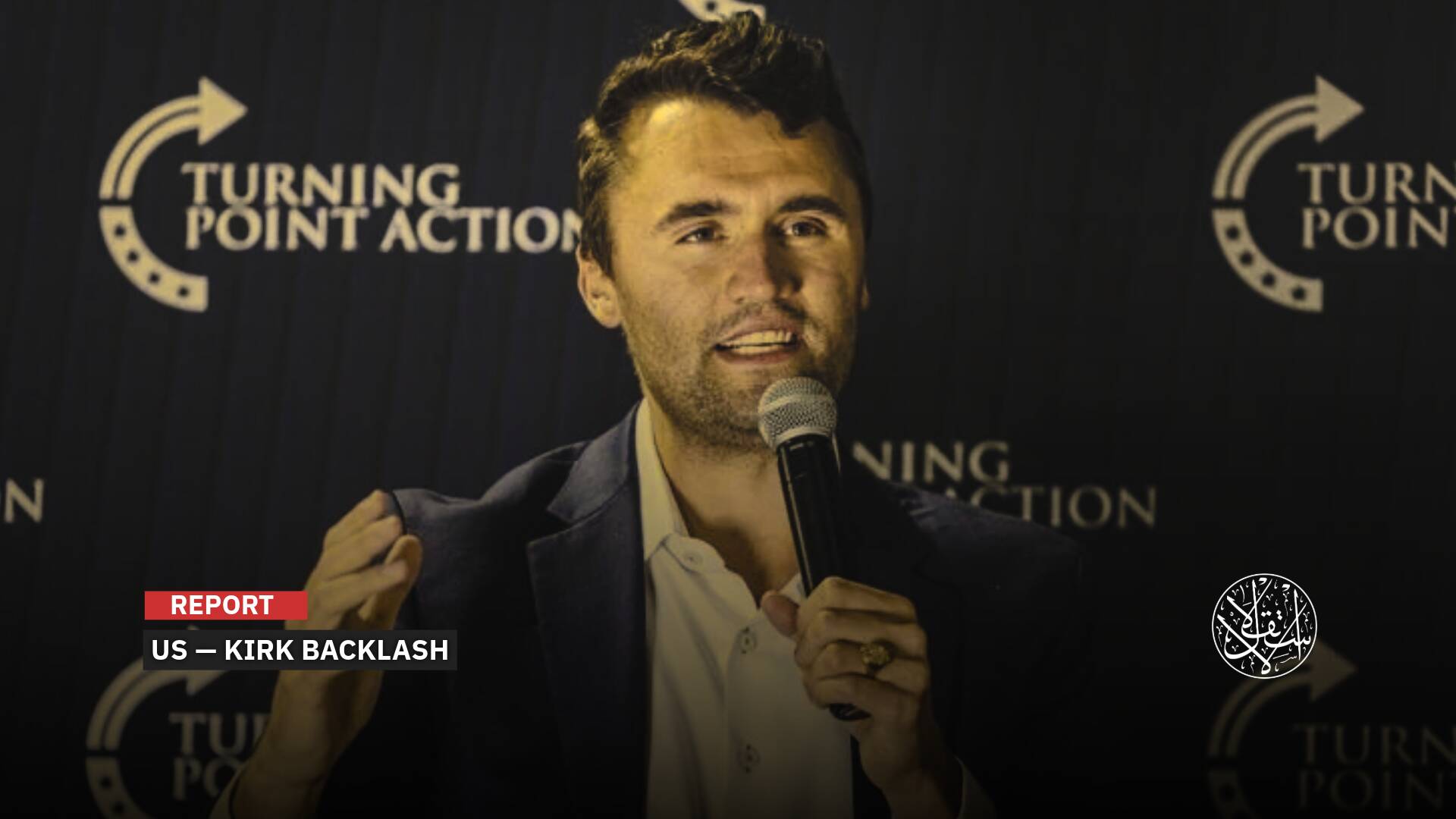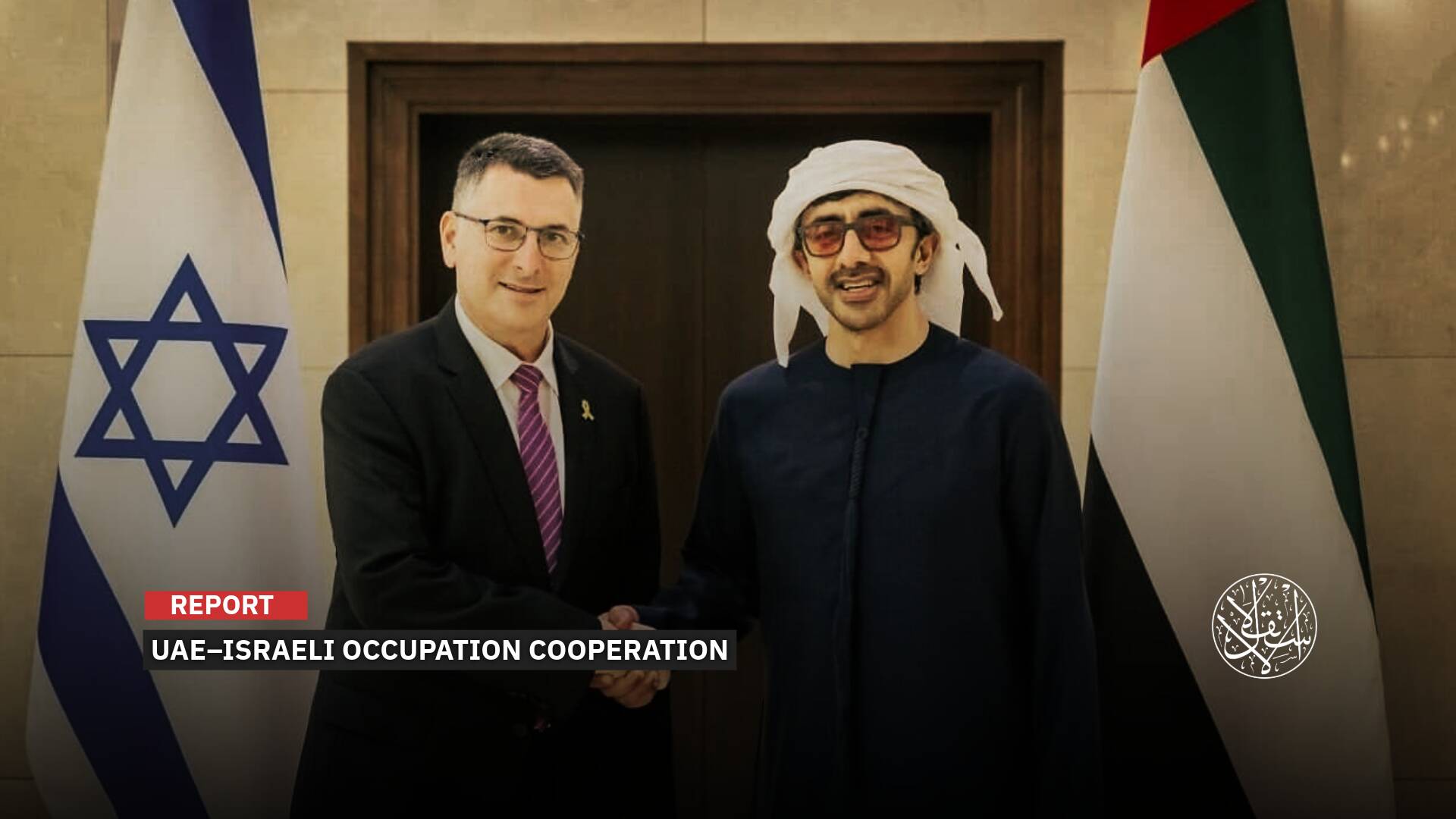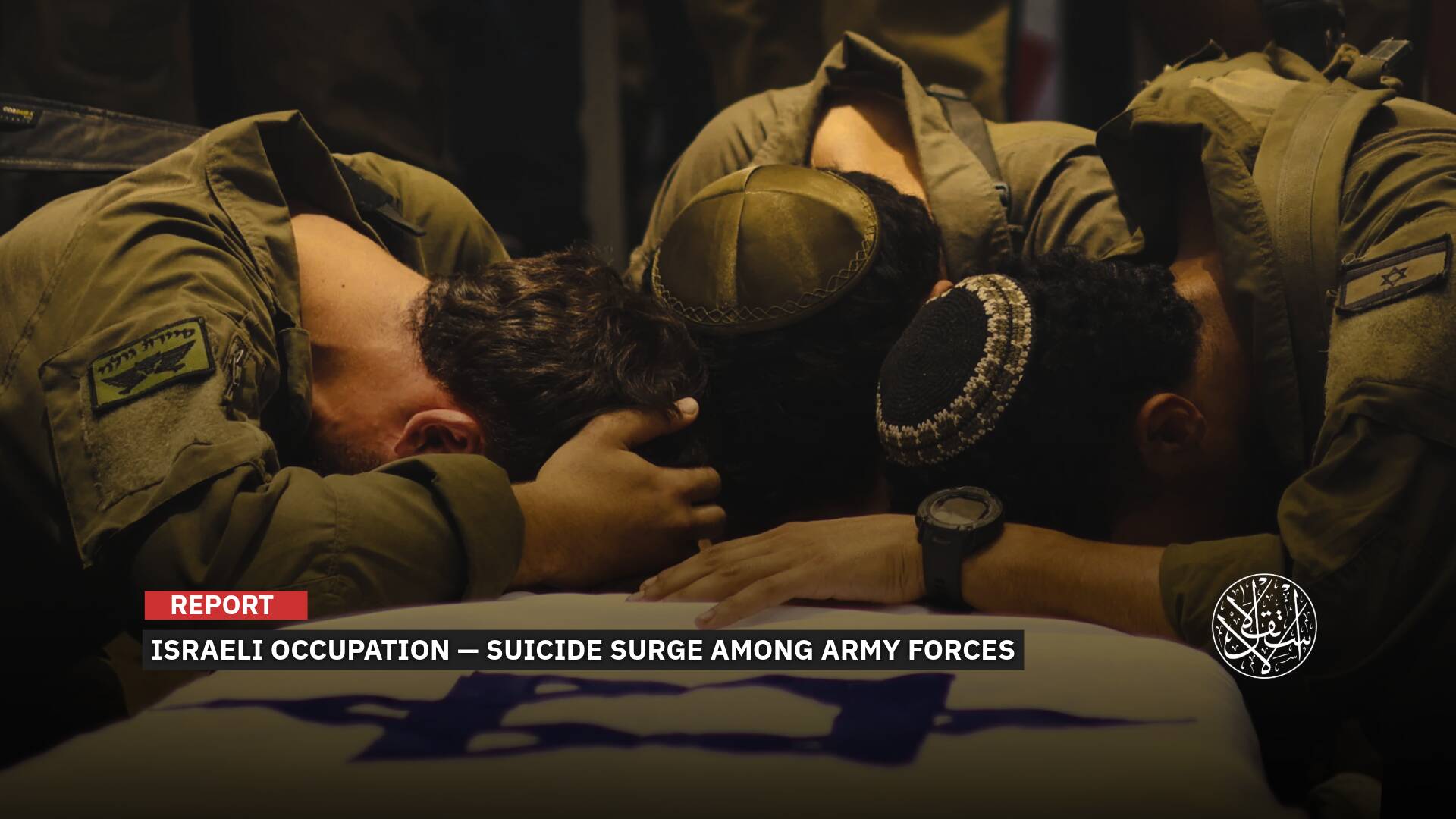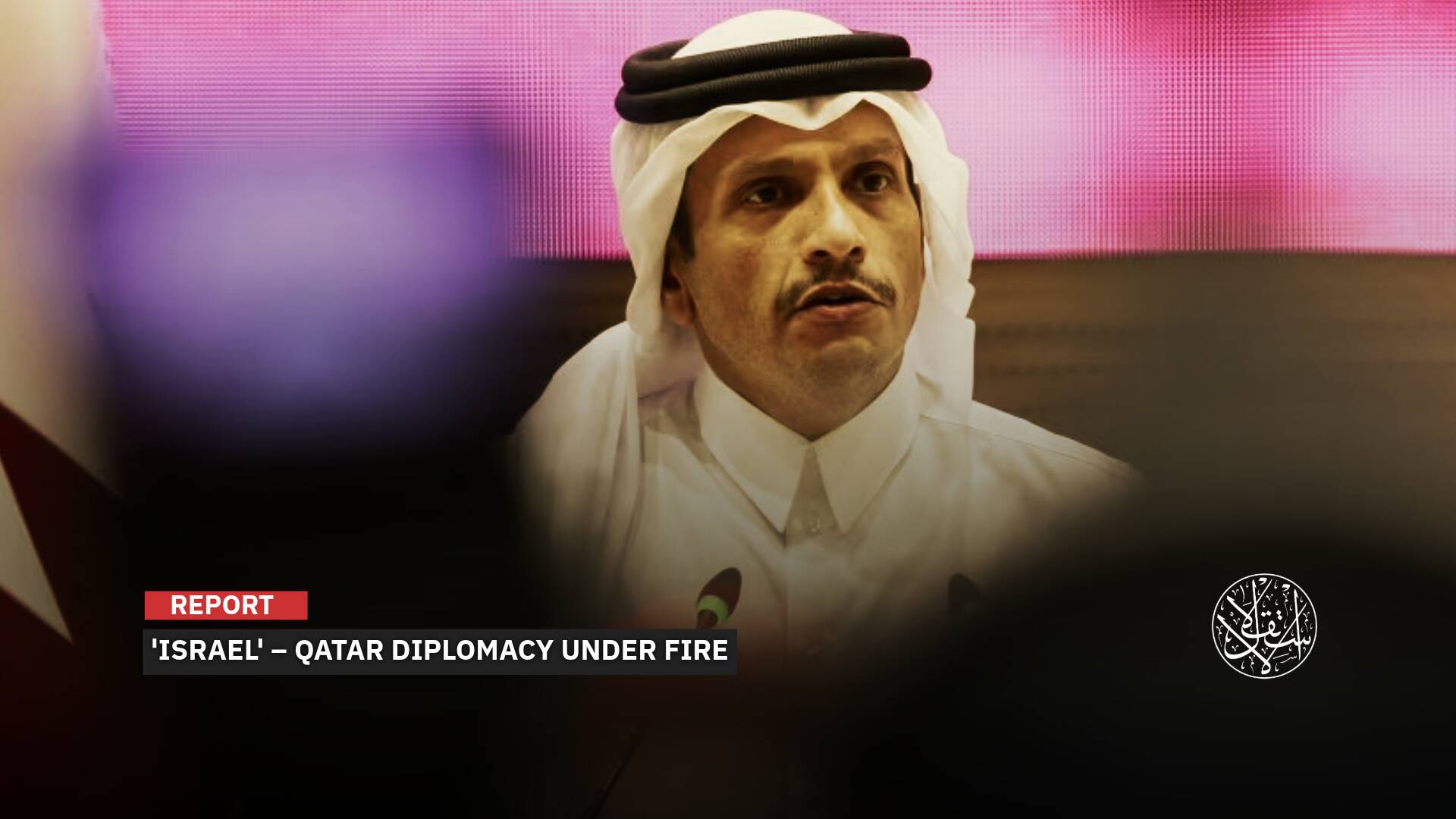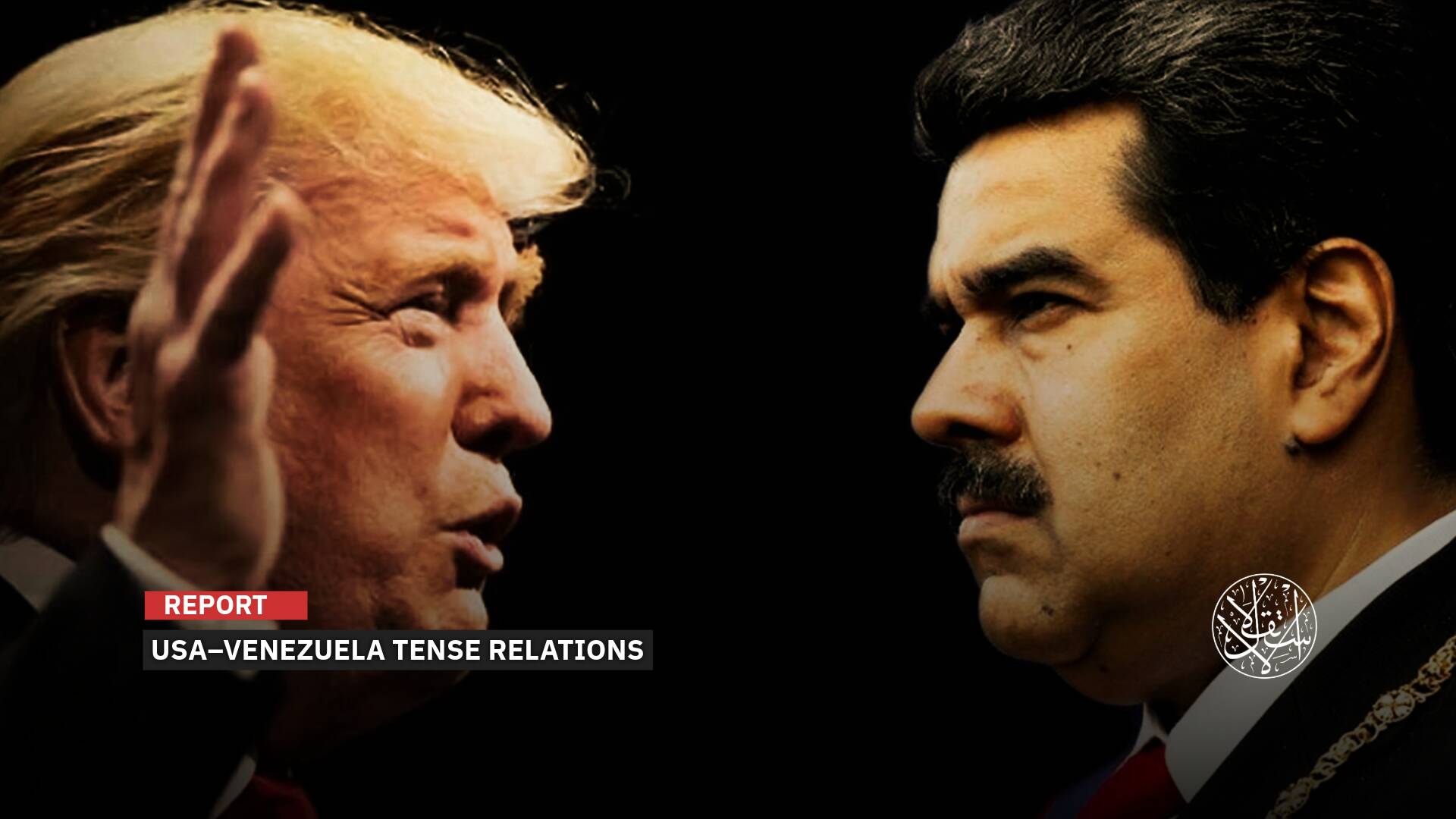After Haniyeh and Sinwar: How Hamas Has Resiliently Bounced Back from Assassinations of Its Senior Leaders

“Resistance is an idea, and ideas do not die.”
In a speech marking the one-year anniversary of Operation al-Aqsa Flood, Abu Obeida, spokesperson for the Izz ad-Din al-Qassam Brigades, the military wing of Hamas, emphasized that Israeli assassinations have never led to victory for the Israeli Occupation but rather contributed to the ongoing resistance.
On October 7, 2024, he stated, “If assassinations were a path to victory, the al-Qassam Brigades would not have carried out Operation al-Aqsa Flood twenty years after the assassinations of Hamas and al-Qassam leaders.”
Just ten days after Abu Obeida's speech, on October 17, 2024, the Israeli army announced the death of Yahya Sinwar (Abu Ibrahim), the head of Hamas's political bureau, following a clash in the city of Rafah in southern Gaza.
Israeli Prime Minister Benjamin Netanyahu commented on Sinwar's death, stating, “Hamas will no longer rule Gaza.”
The assassination of a figure like Sinwar was neither easy nor ordinary; he was the architect of the Al-Aqsa Flood, which dealt Israel one of its worst defeats in history.
This assassination came just over two months after Sinwar was chosen to lead Hamas's political bureau, following the assassination of his predecessor, Ismail Haniyeh, in the Iranian capital, Tehran.
Can Hamas continue its pursuit of freedom and put an end to the Israeli occupation despite this loss?
Impactful Assassinations
Since the establishment of Hamas on December 7, 1987, its political and military leaders have consistently been targets of assassinations by the Israeli Occupation, both inside Palestine and abroad.
One of the most influential leaders killed by “Israel” was Salah Shehadeh, the actual founder of the Izz ad-Din al-Qassam Brigades.
In 1984, three years before the movement's official declaration, Shehadeh launched a military apparatus called Palestinian Mujahideen, which consisted of secret cells that carried out a series of operations against the Israeli Occupation.
He led the movement until it evolved into the Izz ad-Din al-Qassam Brigades in 1991 and was imprisoned by “Israel” from 1988 to 2000.
In July 2002, an Israeli airstrike targeted his home in the al-Daraj neighborhood of Gaza City, resulting in the deaths of Shehadeh and 18 others in what became known as the al-Daraj Massacre.
Another prominent figure among the Israeli assassination targets was Ibrahim al-Maqadma, a member of Hamas's political bureau and one of its key military leaders.
On March 8, 2003, an Apache helicopter fired missiles at al-Maqadma's vehicle in central Gaza, killing him along with three of his companions.
At that time, Gideon Ezra, who was the Deputy Head of the Shin Bet security service, stated that al-Maqadma was one of the most dangerous Palestinians to Israeli security.
Al-Maqadma was not just a leader but represented a comprehensive intellectual school that fueled the Palestinian drive to continue fighting against “Israel,” according to Ezra.

Assassination of the Founder and His Deputy
The assassination of Hamas's founder and spiritual father of the Resistance, Sheikh Ahmed Yassin, stands as one of the most significant and difficult events in the history of Hamas.
On March 22, 2004, while leaving the mosque after performing the Fajr prayer, he was targeted by an Israeli missile in an attack overseen by then-Prime Minister Ariel Sharon.
Yassin was instrumental in establishing Hamas and initiated its founding when he and other Islamic leaders in Gaza agreed to form an Islamic organization to resist the Israeli Occupation and work towards liberating Palestine, from the river to the sea, which they named the Islamic Resistance Movement (Hamas).
Despite the shock that Yassin's assassination caused within Hamas and the wider Islamic world, the Israeli killing machine did not relent. Just days later, on April 17, 2004, they assassinated his deputy and one of the movement's founders, Dr. Abdel Aziz al-Rantisi.
This targeted killing took place during an Apache helicopter strike on the car he was riding in on al-Jalaa Street in northern Gaza.
Al-Rantisi's assassination came after Sharon and his army leaders declared that “all Hamas leaders are on the list of targets.”

Difficult Figures
Among the prominent figures targeted by “Israel” in its long-standing war against the Palestinian people and Hamas is leader Nizar Rayan, one of the senior political and military leaders of the Resistance Movement.
He was assassinated by the Israeli army when they bombed his home in the Jabalia refugee camp in northern Gaza during Operation Cast Lead in early January 2009, resulting in the deaths of most of his family members.
Days later, on January 15, they killed Said Seyam, described as Hamas's Minister of the Interior and the man who established the security apparatus in Gaza.
An airstrike by Israeli Occupation forces targeted his brother's house in the Yarmouk neighborhood during the Israeli war on the territory, which also claimed the lives of his brother, his son, and six others.
In November 2012, “Israel” assassinated Ahmad Jabari, the deputy commander of the Izz ad-Din al-Qassam Brigades, in an airstrike on Gaza. He was regarded as one of the three leaders in the military council of the movement alongside Salah Shehadeh and Mohammed Deif.
According to Israeli security and army leadership, Jabari was referred to as the “Chief of Staff of Hamas” and considered as “one of the strongest men” in the movement.
On August 21, 2014, an airstrike killed Raed al-Atar after targeting a house in Rafah, southern Gaza.
The Israeli internal security service, Shin Bet, described al-Atar as one of the most powerful leaders of the Qassam Brigades ever.
He was a member of the military council of the Qassam Brigades and one of its founders, responsible for the entire military sector in Rafah. Shin Bet accused him of overseeing the construction of Hamas's complex network of tunnels underground.
Hamas as an Idea
Despite this long history of Israeli strikes and assassinations within Hamas's leadership matrix, the movement has managed to survive and resist the fierce Israeli war machine globally supported.
On June 25, 2024, Benny Gantz, the resigned minister of the war cabinet and leader of the State Camp party, stated that “Hamas is an idea that cannot be destroyed, but our army can eliminate its capabilities.”
This sentiment was echoed by his colleague in the military and political realm, Gadi Eisenkot, who said that “Hamas is an idea that Israel will fight for many years to come.”
Interestingly, the term “Hamas as an idea” has gained significant traction within the decision-making circles of the Israeli Occupation.
For instance, Israeli army spokesman Daniel Hagari emphasized during an interview with Channel 13 that destroying Hamas is impossible, stating that “Hamas is an idea that cannot be destroyed.”
“The idea that it is possible to destroy Hamas, to make Hamas vanish — that is throwing sand in the eyes of the public,” he said.

Source of Hamas's Strength
However, there is something beyond the idea that has allowed Hamas to expand and strengthen. Each time it suffers a blow to its leadership, it rebounds, reorganizing and bringing forth a new wave of leaders.
This was echoed by American political scientist and lecturer in national and international security, Robert Pape, in an article published in Foreign Affairs on June 25, 2024.
“The [Israeli] overarching failure has been a gross misunderstanding of the sources of Hamas’s power. To its great detriment, Israel has failed to realize that the carnage and devastation it has unleashed in Gaza has only made its enemy stronger,” he said.
Pape further noted, “The most crucial source of power of Hamas [..] is the ability to recruit, especially its ability to attract new generations of the fighters and operatives who carry out the group’s lethal campaigns and are likely to die for the cause.”
“That ability to recruit is rooted, ultimately, in a single factor: the scale and intensity of support a group derives from its community.”
Years before the establishment of Hamas, Palestinian novelist and journalist Ghassan Kanafani stated, “Bodies may fall, but ideas do not. Resistance is an idea, and ideas do not die.”
Sources
- Yahya Sinwar in Pictures: Key Moments in the Life of the ‘Architect’ of al-Aqsa Flood [Arabic]
- From 2002 to 2024: Prominent Hamas Leaders Assassinated by Israel [Arabic]
- The Last was Haniyeh: Top 10 Hamas Leaders Assassinated by Israel [Arabic]
- A Military Force Not to Be Underestimated: How Did Hamas Reach This Point? [Arabic]
- Hamas is an Idea: Has Israel Finally Realized It Cannot Be Defeated? [Arabic]
- Hamas Is Winning


